China and the United States are sinking deeper into a dangerous, silent confrontation: a war over strategic minerals and technology, with billions of dollars in losses and the risk of reversing the course of world development.
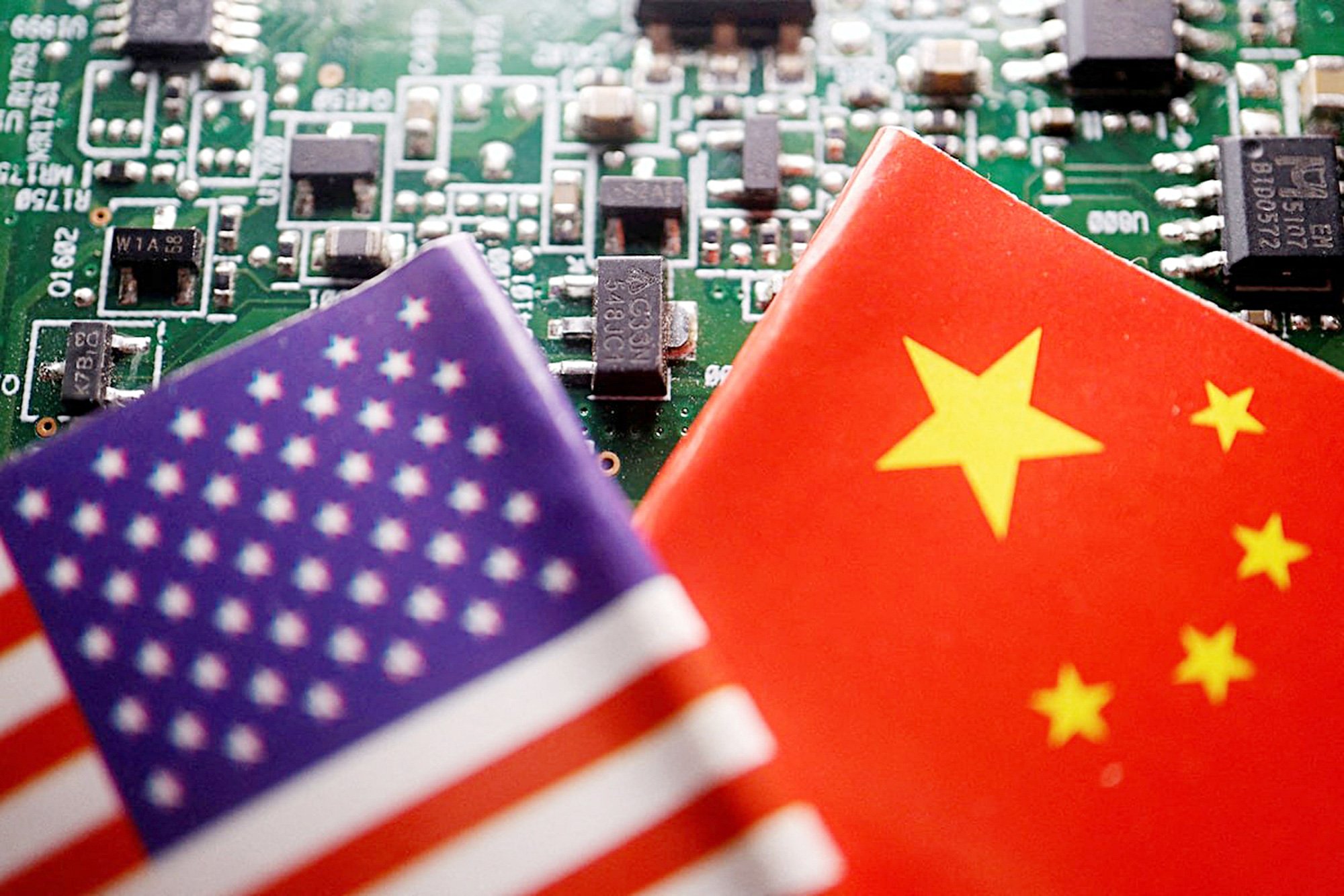
In the "silent war", the US holds the advantage in chips but China holds the materials to produce chips - Photo: REUTERS
While the US owns the cutting-edge semiconductor chips needed for every technological device, China controls almost all the essential minerals needed to produce these chips.
China dominates minerals
The quiet war between the two powers began in 2019, when President Donald Trump imposed export restrictions on Huawei, China’s leading technology corporation. This not only sparked a series of tit-for-tat measures between Washington and Beijing but also exposed the deep dependence of American industry on Chinese mineral supplies.
But unlike the short-term reaction from the US, China has been preparing for this scenario for a long time. Over decades, Beijing has not only quietly built a system to control the global supply chain of strategic minerals but also strengthened its production capacity to dominate the market.
China currently mines 70% of the world’s rare earths, processes 87% of the mined ores, and refines 91% of the processed rare earths into finished products. These figures not only demonstrate China’s superiority, but also reflect the world’s dependence on the country in the technology sector.
Beyond its borders, China has invested in mineral-rich countries like Indonesia, Mali, Bolivia, and Zimbabwe. These countries, despite their sometimes volatile political situations, give China control over the supply of rare earths, cobalt, nickel, and lithium, helping Beijing create a “mineral empire” with global influence.
Meanwhile, the US and the West are lagging behind in this race. Strict environmental regulations and banks’ reluctance to finance risky projects have all but paralyzed mining projects in the US. A prime example is the production of antimony, a critical mineral, which has been completely halted in the US since 1999.
Beijing is ready, Washington is slow
Under President Joe Biden, US-China tensions have not only not decreased but have continued to escalate.
In October 2022, Washington imposed a ban on the export of advanced semiconductor chips to prevent Beijing from developing artificial intelligence. This was a drastic step to protect America's technological advantage but at the same time, it also pushed tensions to a new level.
In response, Beijing announced in July 2023 that it would restrict exports of gallium and germanium, two key minerals used in chip manufacturing. Within months, rare earth trade between the two countries plummeted, almost ceasing altogether.
Not stopping there, in September 2024, China continued to impose antimony export restrictions. This order not only caused antimony trading to drop by 97% but also pushed the price of this mineral up by 200%. The climax was on December 3, 2024, when Beijing announced a complete ban on exports of antimony, gallium, and germanium to the US.
This is the first time China has publicly targeted the US in a specific move, marking a new turning point in the strategic confrontation.
Observers say these steps are not only retaliatory but also aimed at strengthening Beijing's position in the global geopolitical game.
According to the Center for Strategic and International Studies (CSIS), China is in a "wartime position" when it comes to controlling the supply of germanium and gallium - important elements for the defense industry. These are two minerals that play a role in replacing silicon materials in modern weapons systems thanks to their superior properties.
In contrast, the United States has maintained its peacetime composure. The U.S. defense industry currently lacks the capacity to ramp up production to meet urgent battlefield demands.
Increasingly stringent restrictions from Beijing will only widen this strategic gap, exposing the US to more risks.
The challenges Washington faces are not just a lack of supply but also a lack of long-term policies to deal with this crisis. While China continues to expand its influence through international mining projects, the US has difficulty building strategic alliances to deal with it.
Who will lead the future?
The mineral war is not just a story between the US and China, but also reflects an important reality: control of natural resources is becoming a strategic weapon in the 21st century.
Beijing's building of a strong mining and supply chain system is not only an economic choice but also a long-planned geopolitical strategy.
A future where China dominates the mineral market like a “one-member OPEC” is a scenario that the US and the West cannot afford to see happen. This is not only an economic story but also a matter of survival for the global strategic balance.
As the world moves into the era of green technology and artificial intelligence, the mineral war between the US and China is not just a confrontation over resources but also a race to decide who will lead the future.
 US-China tensions increase under Trump?
US-China tensions increase under Trump?Source: https://tuoitre.vn/cuoc-chien-tham-lang-giua-my-va-trung-quoc-20250106064149708.htm



![[Photo] Brazilian President visits Vietnam Military History Museum](https://vstatic.vietnam.vn/vietnam/resource/IMAGE/2025/3/29/723eb19195014084bcdfa365be166928)
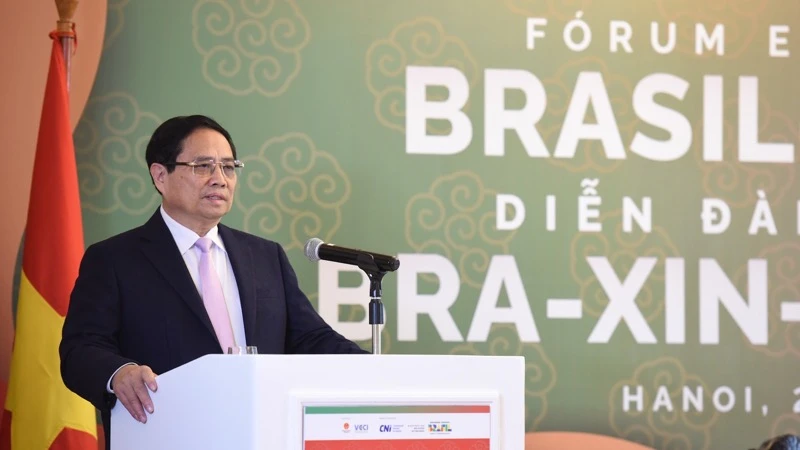
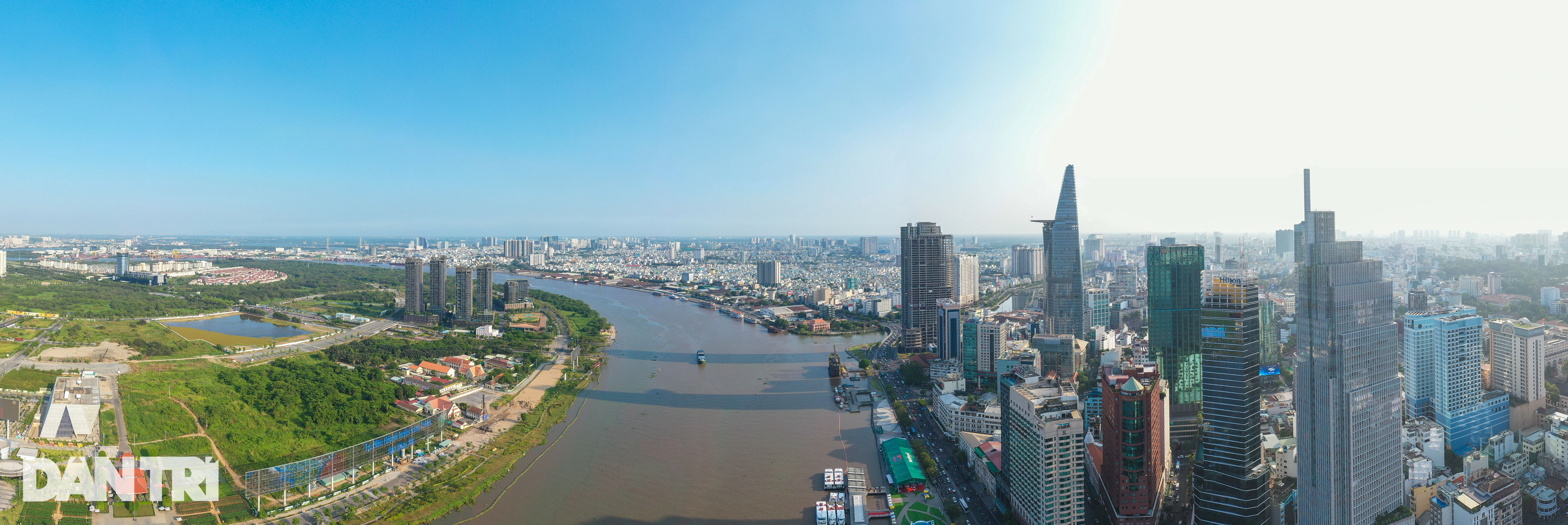

![[Photo] Prime Minister Pham Minh Chinh and Brazilian President Luiz Inácio Lula da Silva attend the Vietnam-Brazil Economic Forum](https://vstatic.vietnam.vn/vietnam/resource/IMAGE/2025/3/29/f3fd11b0421949878011a8f5da318635)


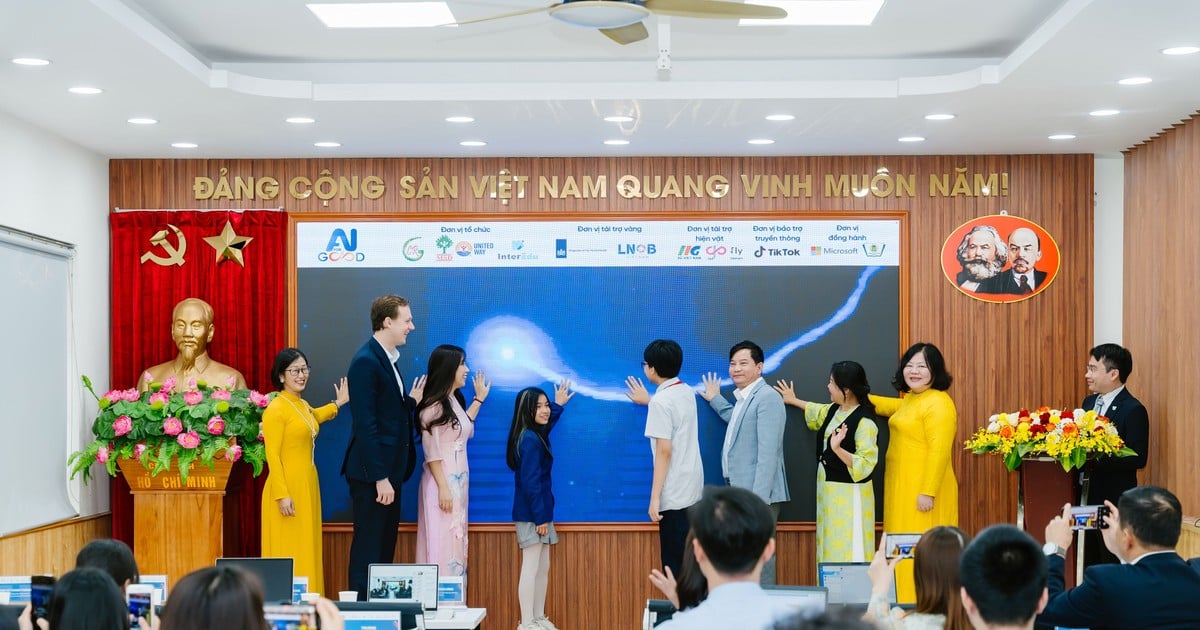





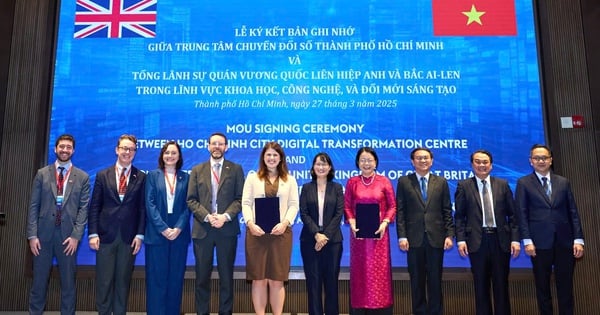


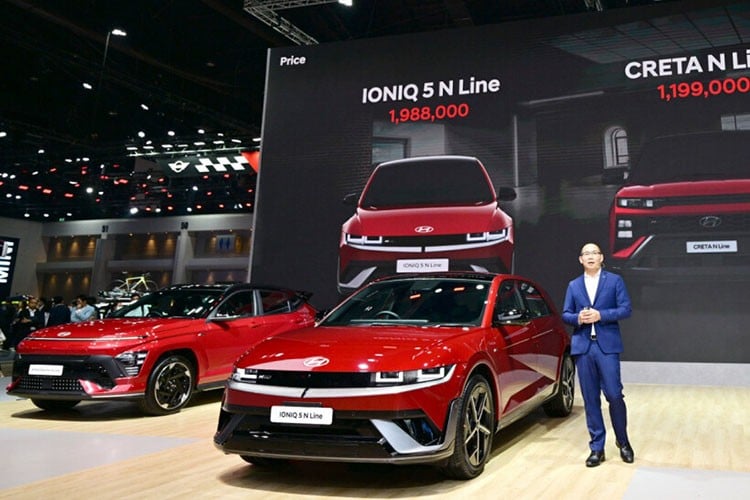
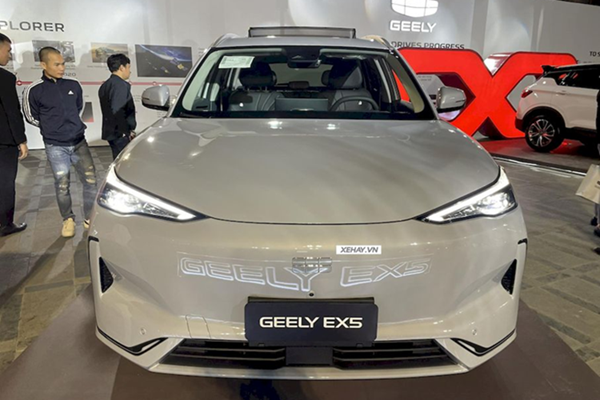









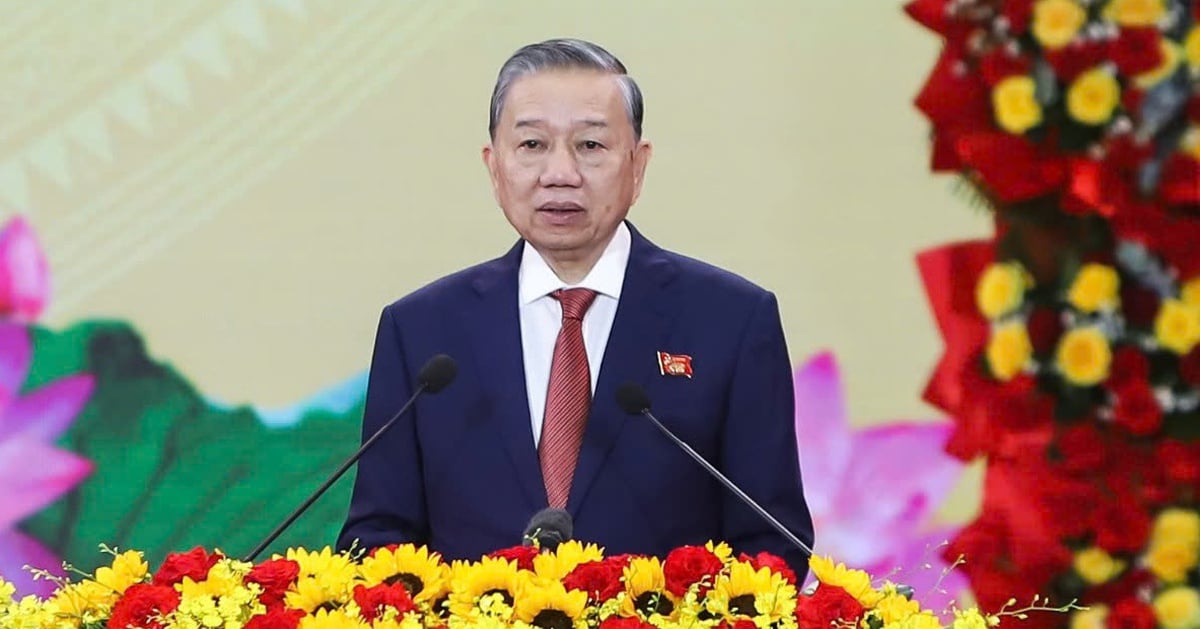

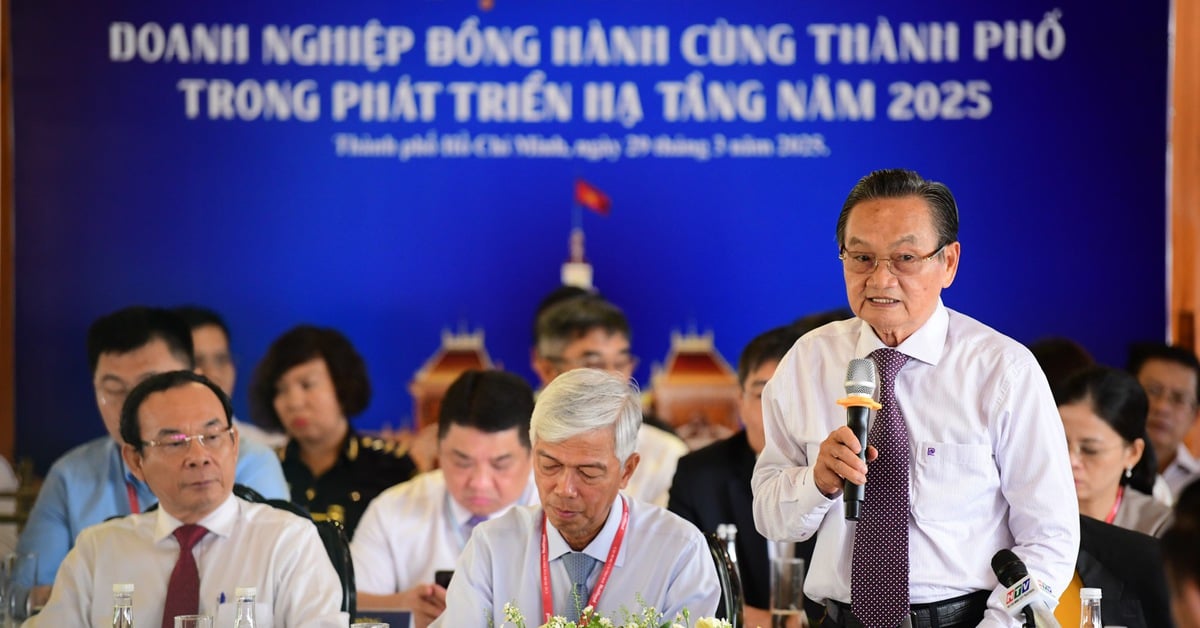



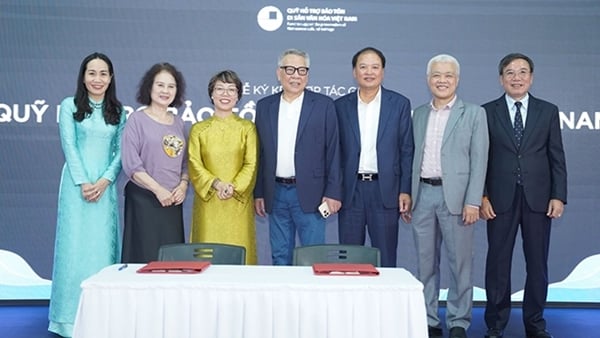










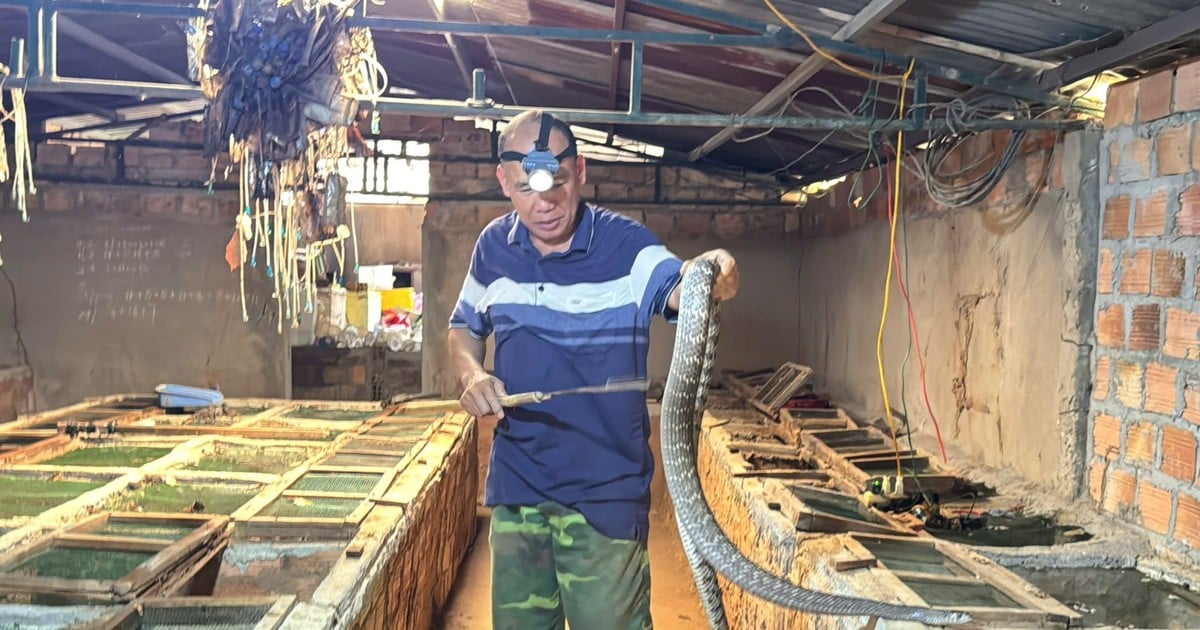


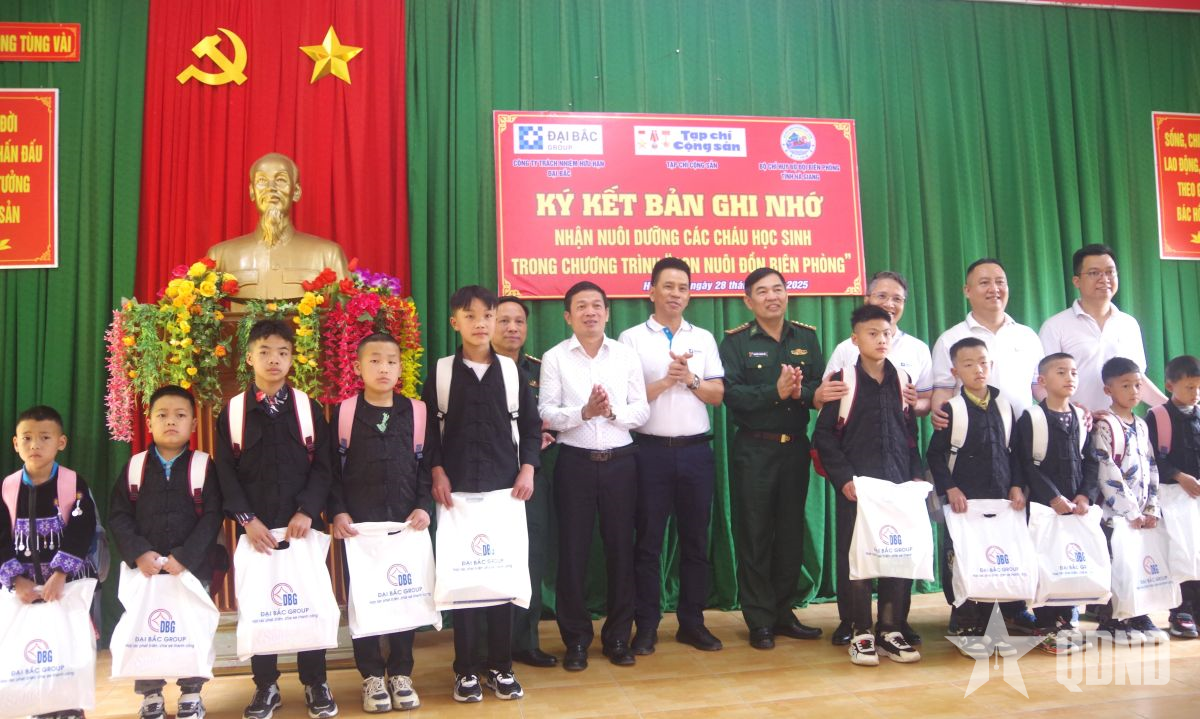







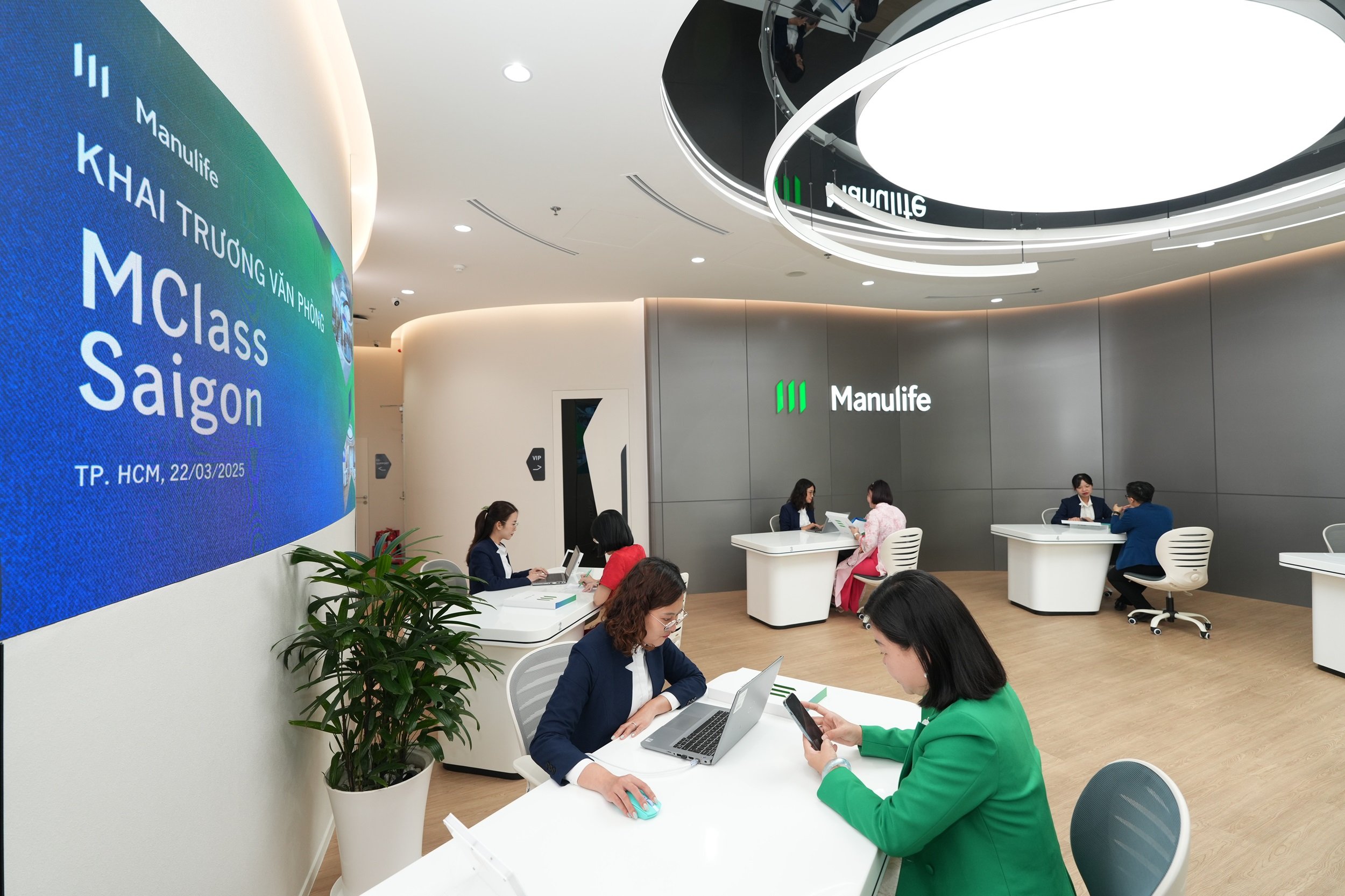

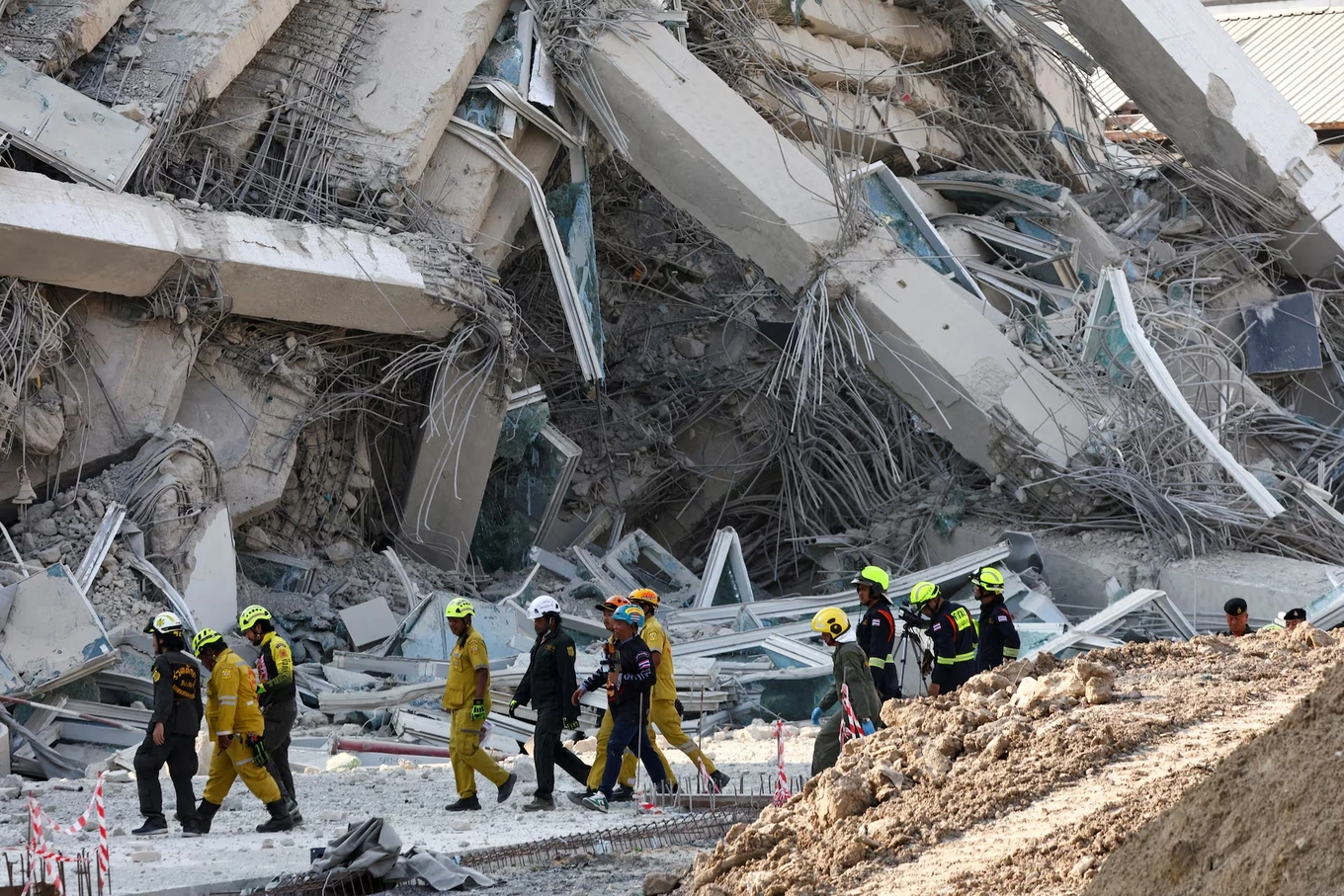

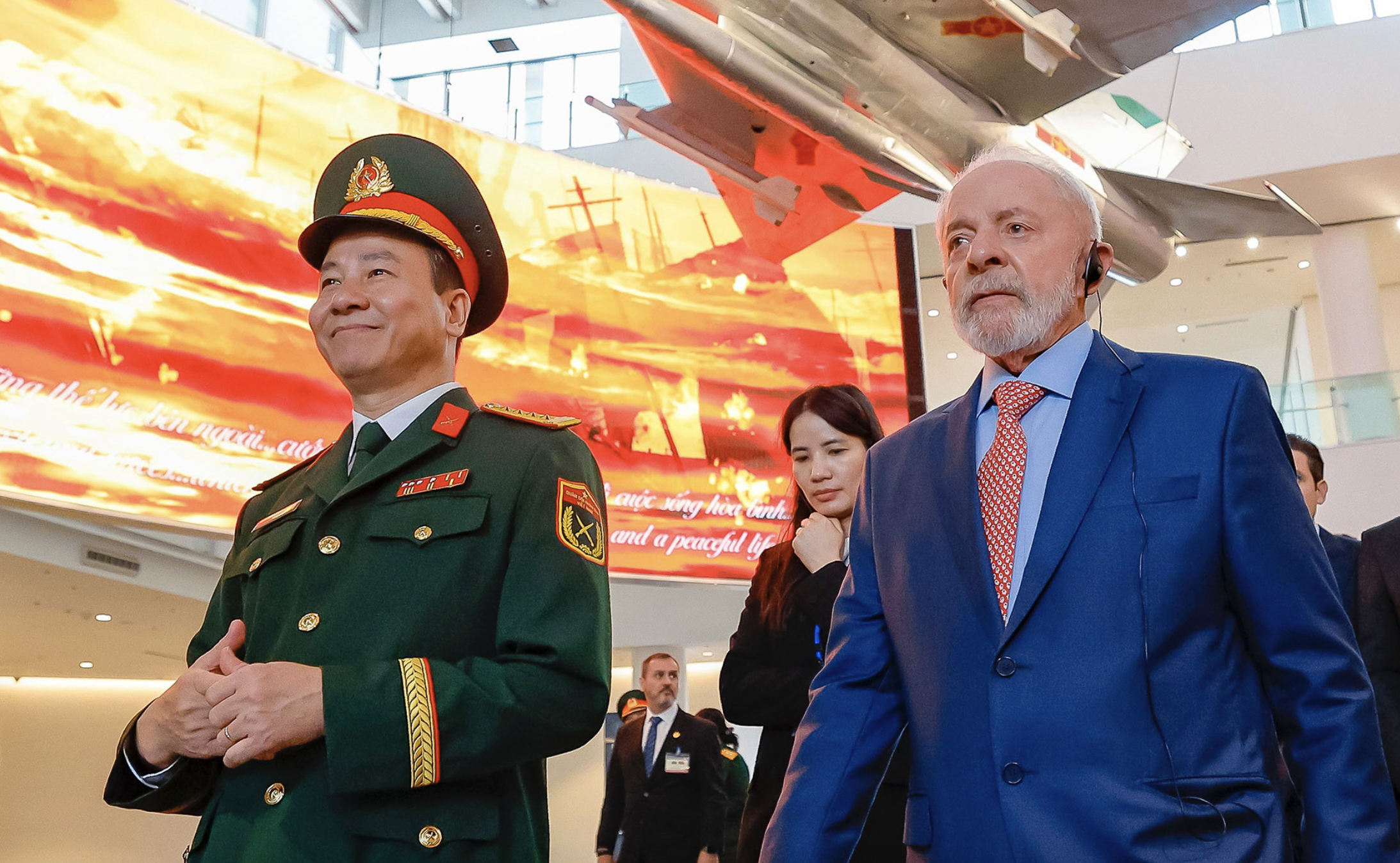

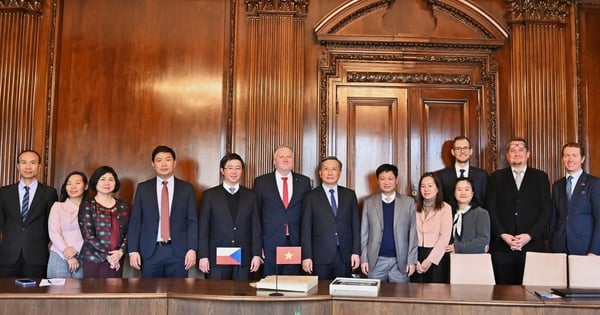

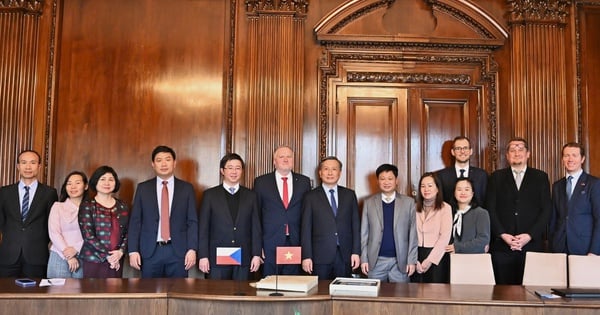
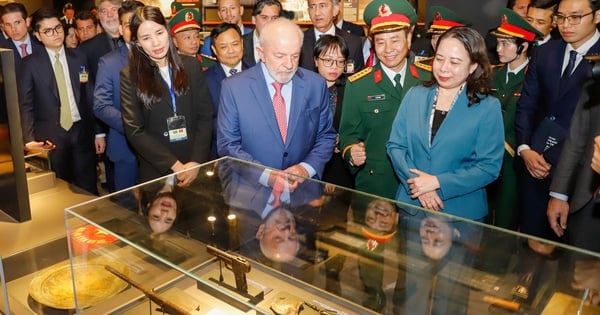

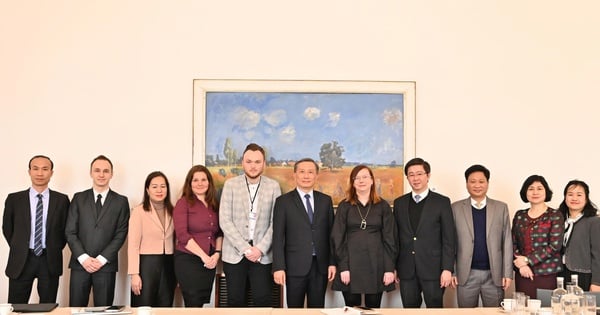
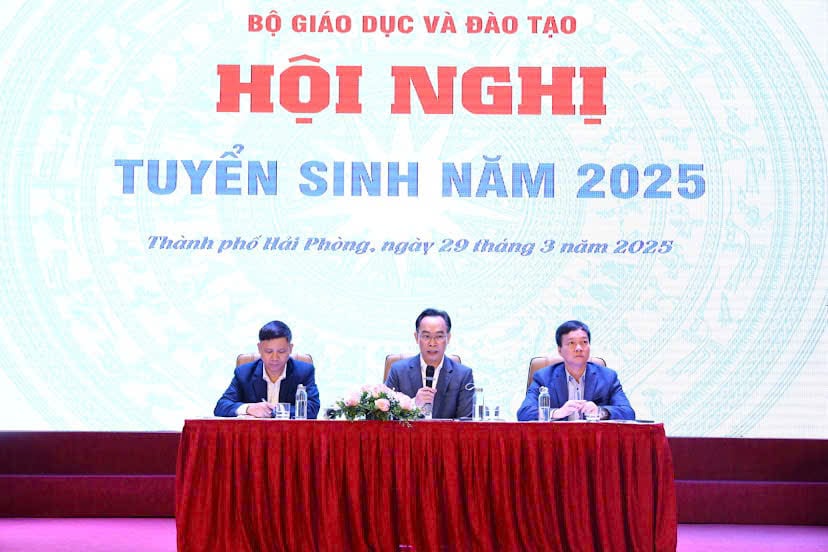


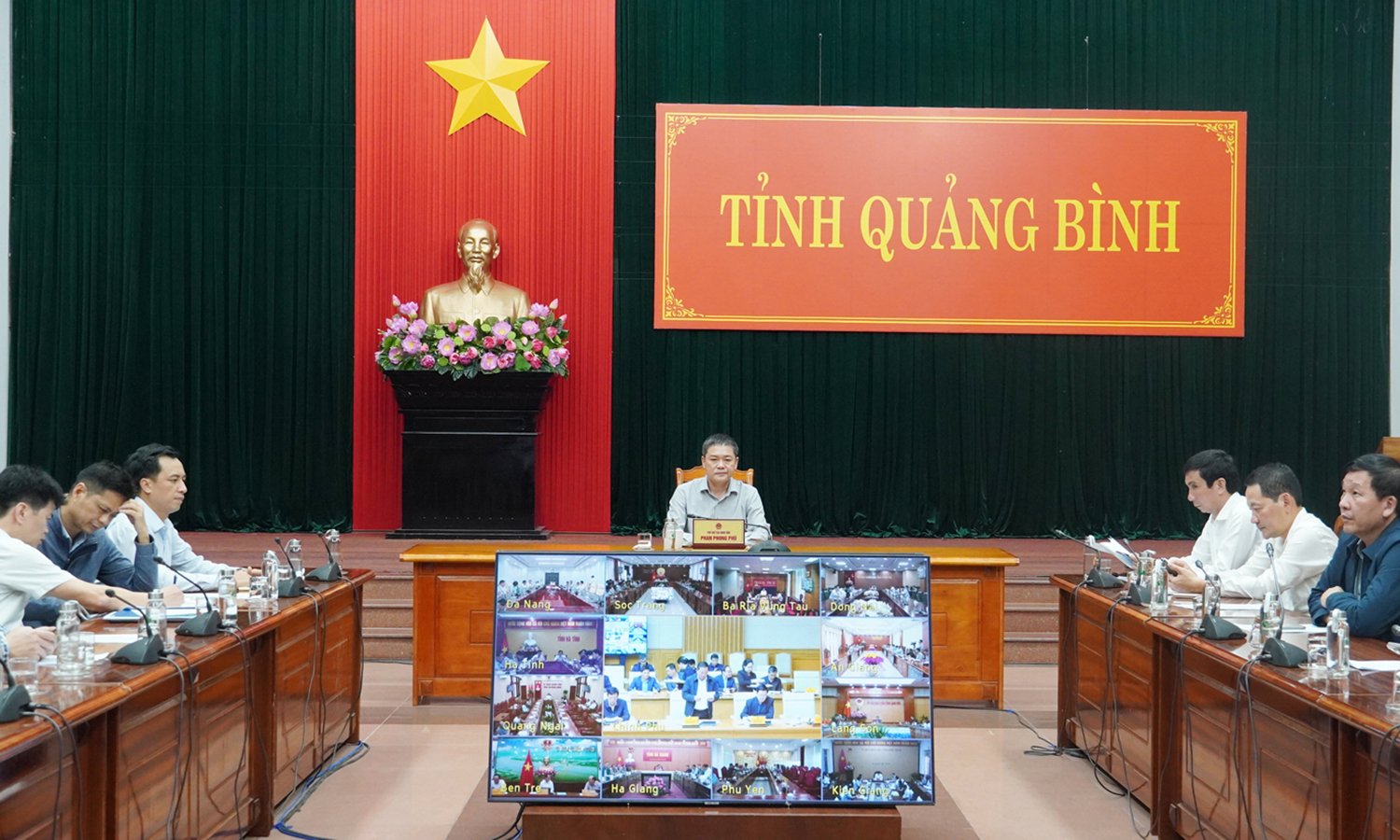




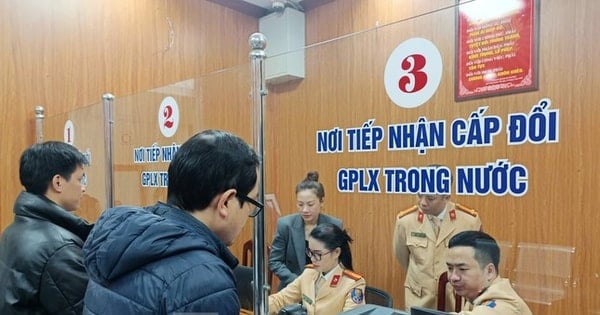


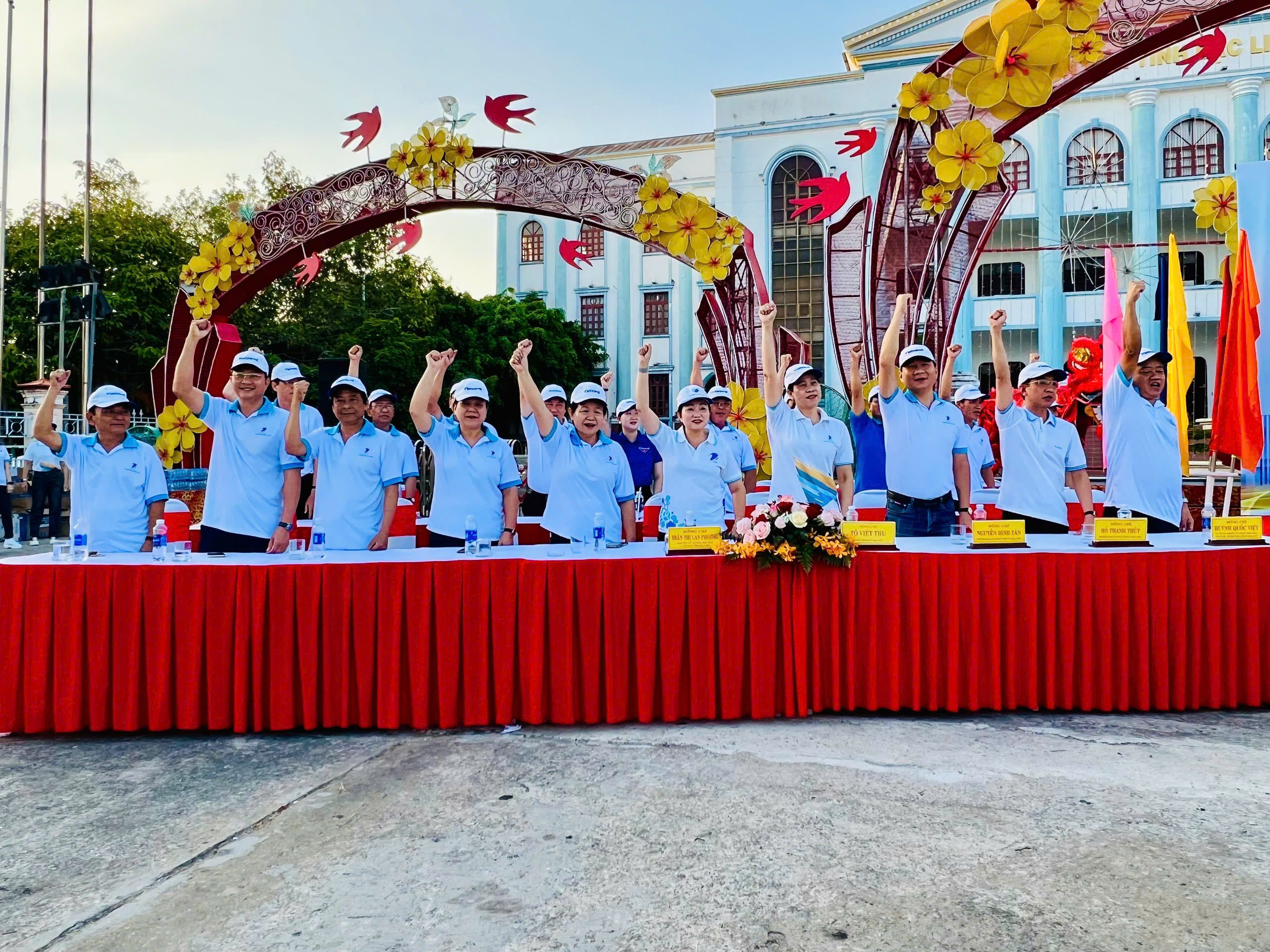



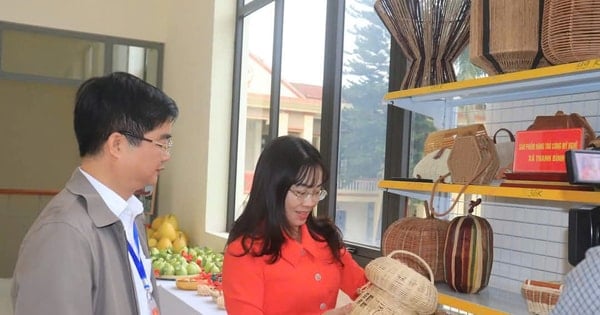





Comment (0)